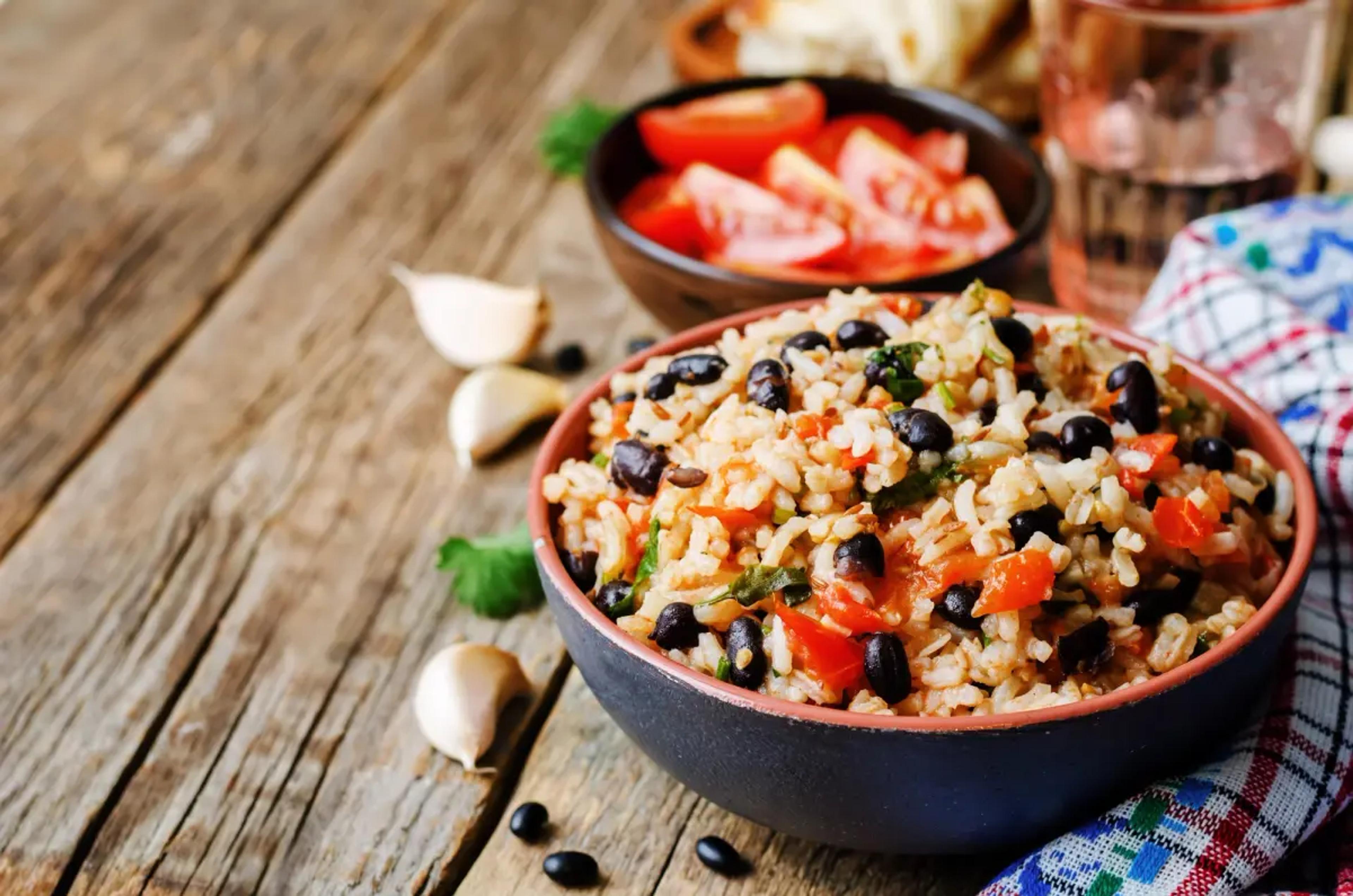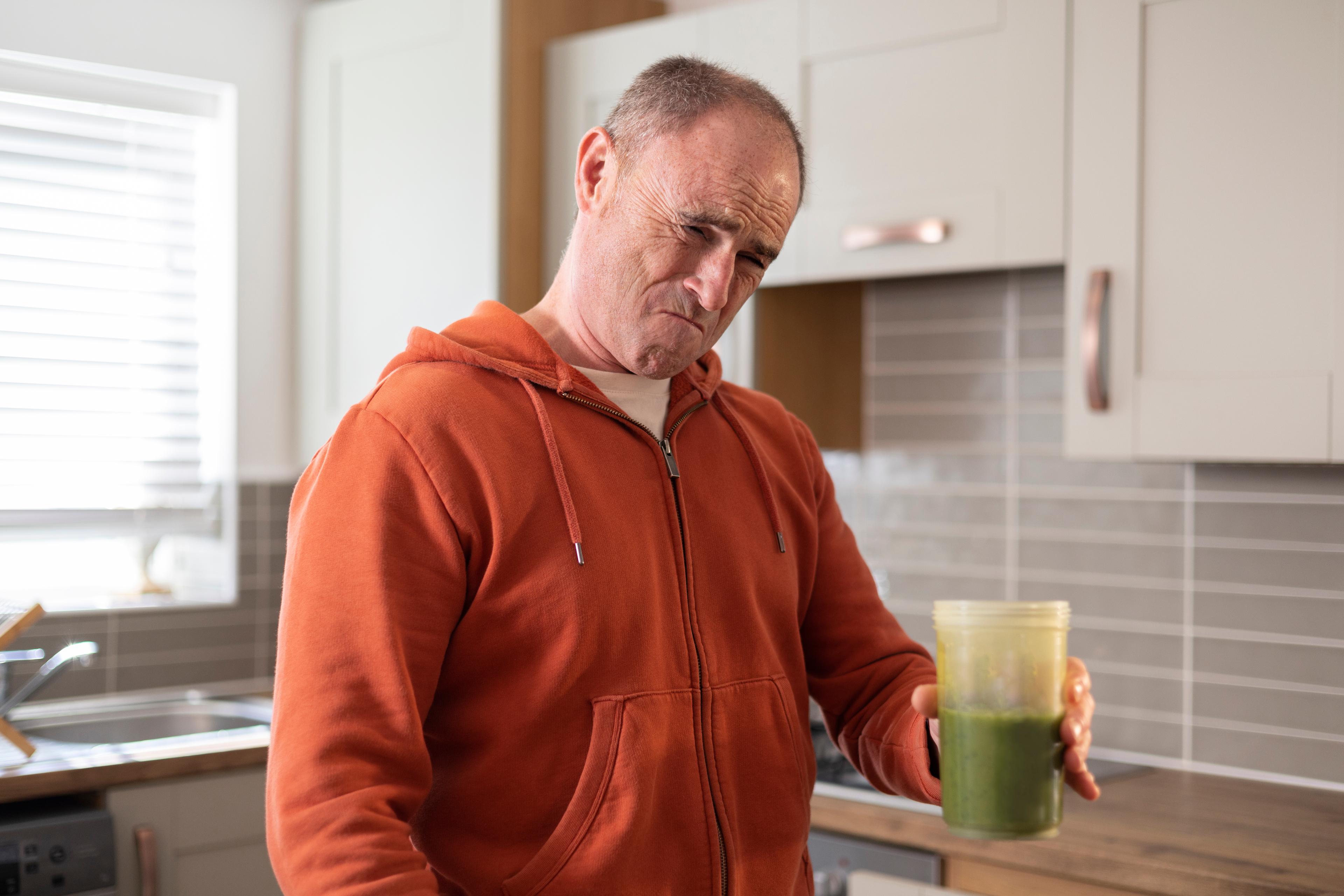
Pizza is a favorite food in the U.S. In fact, Americans collectively eat 100 acres of pizza each year. That adds up to 3 billion pizzas and 46 slices per person, according to The Week.
Unfortunately, a traditional version of this dish can be calorie-rich, with a single slice averaging 280 calories and 11 grams of fat. But there are healthier choices beyond the popular cheese and pepperoni version, says Katie Tymkew, a registered dietitian at Blue Cross Blue Shield of Michigan.
She has some tips on how to build pizzas using healthier crust ingredients and toppings.
Start with the crust
When it comes to the crust, look for versions that increase your fiber intake while reducing calories. “There's a ton of different types of crust,” says Tymkew. “You could do the traditional crust, which again, is higher in calories. You could also look at making a quinoa crust, a cauliflower crust, a whole wheat crust, a thin crust and even something as creative as a broccoli crust.”
Tips for the sauces
Watch out for premade sauces that tend to be higher in sodium and sugar. One option is buying a reduced-sodium version. If it tastes a bit bland, add your own seasonings, such as basil, oregano and other Italian herbs and spices. “You can also try to make your own sauce, using crushed tomatoes, or make your own pesto,” says Tymkew. If you don’t have basil, you can try spinach or even arugula. Just go easy on the olive oil and pine nuts. And don’t be afraid to experiment with alternative options, such as hummus and black bean paste.
Experiment with toppings
Cheese: There are lots of options for this favorite pizza layer — cheese, the one that packs the most calories. Tymkew likes to substitute lower-calorie cottage cheese in place of ricotta. If you are looking for an alternative to traditional milk cheese, try goat cheese. “It’s also high in calcium, and the fatty acids in goat cheese are actually metabolized more quickly than those in cow's milk cheese, which results in you feeling fuller faster, so it helps you to eat less,” says Tymkew.
Spices and herbs: Don’t be afraid to experiment with different herbs and spices beyond the traditional basil and oregano. If you don’t have fresh garlic, another option is garlic powder, but avoid garlic salt because of the sodium content.
Fruits and vegetables: “I would definitely say if you can add more color, that’s great. The more variety you eat of that rainbow when it comes to your fruits, your vegetables, your herbs and spices, that is going to be a great way to get in additional vitamins, minerals and antioxidants for your better health overall,” Tymkew says. “If you can't afford certain fresh ingredients, you can utilize frozen or canned, but really look for the most fiber and the least sodium. Those are going to be some really key factors to help you make positive choices.”
Click here to download recipes for several healthy takes on the traditional pizza created by the Virtual Well-Being team.
Learn more about making pizzas using healthier toppings and ingredients in this Blue Cross Virtual Well-Being℠ webinar, Building Healthy Pizzas from the Crust Up. You can also sign up for future employer-focused and individual well-being webinars and meditations here, where you’ll find past webinars and meditations on demand.
Photo credit: Getty Images





